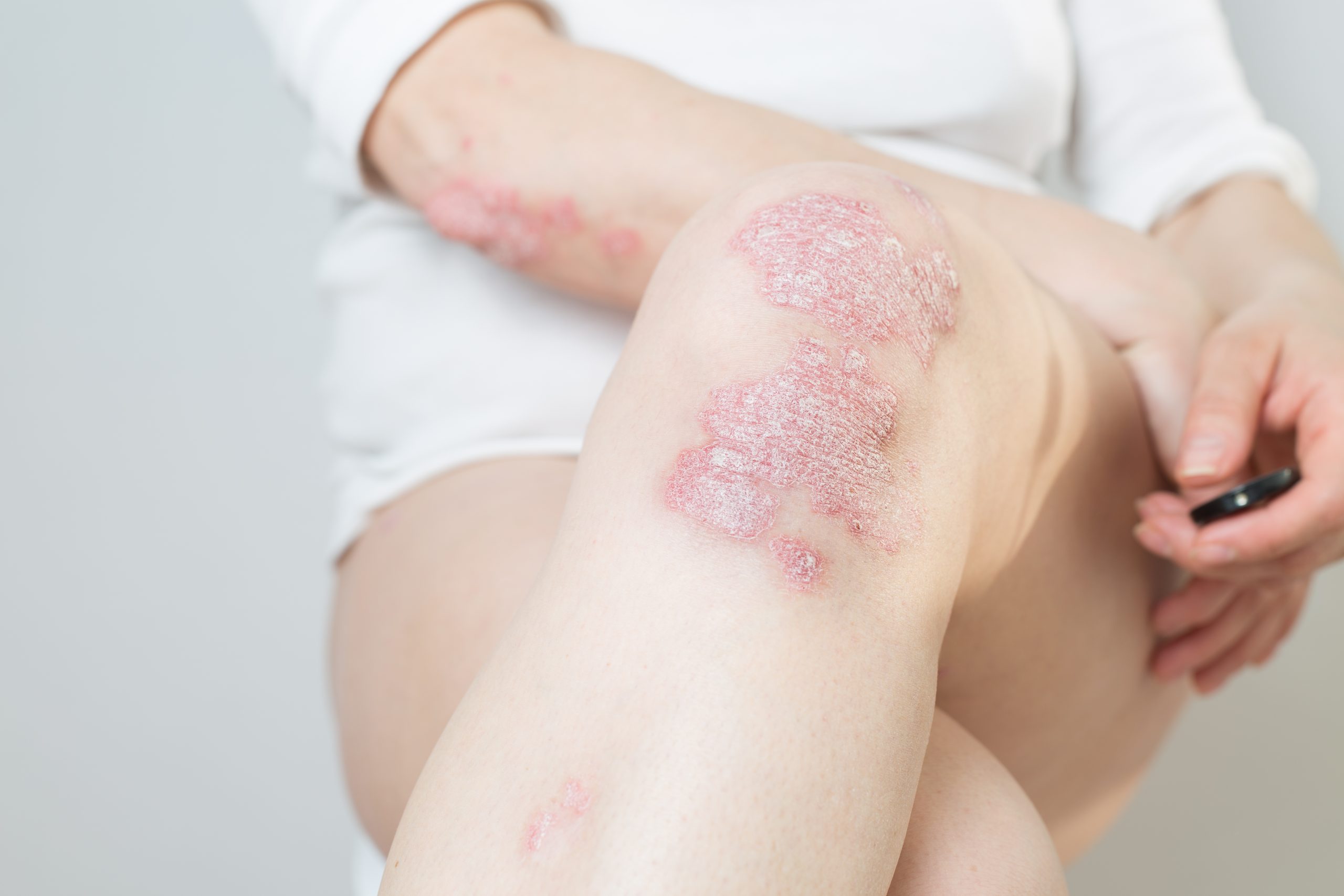A study that was published in the Journal of the American Academy of Dermatology suggests that better patient outcomes can be achieved by raising awareness of inflammatory nail conditions and developing more comprehensive therapy plans.
The goal of the study was to examine how early identification of clinical signs and symptoms is essential for starting the right course of treatment and reducing the burden of related illness. They looked over recent research that shown how crucial sophisticated diagnostic methods are to raising the diagnostic precision of inflammatory nail disorders. The use of methods like dermoscopy, capillaroscopy, and ultrasound has increased in order to improve the accuracy of diagnoses.
The degree of nail involvement determines the treatment method for nail lichen planus and nail psoriasis. Treatment strategies are divided into groups that target less than three nails (≤3) and more than three nails (>3). Novel psoriatic therapies such brodalumab, tildrakizumab, risankizumab, deucravacitinib, and bimekizumab have been studied recently for their potential to improve nail results. Injections of intralesional platelet-rich plasma and Janus kinase inhibitors are two new treatments for nail lichen planus.
The research highlights the need for doctors to adopt comprehensive therapeutic methods and to have a heightened understanding of the many clinical presentations of inflammatory nail disorders. Clinicians can greatly improve patient outcomes and quality of life by developing diagnostic capabilities and increasing therapy options.
In summary, ongoing investigations into novel diagnostic techniques and therapy advances are essential for tackling the intricacies of inflammatory nail disorders and enhancing the general care and outlook for impacted persons.




